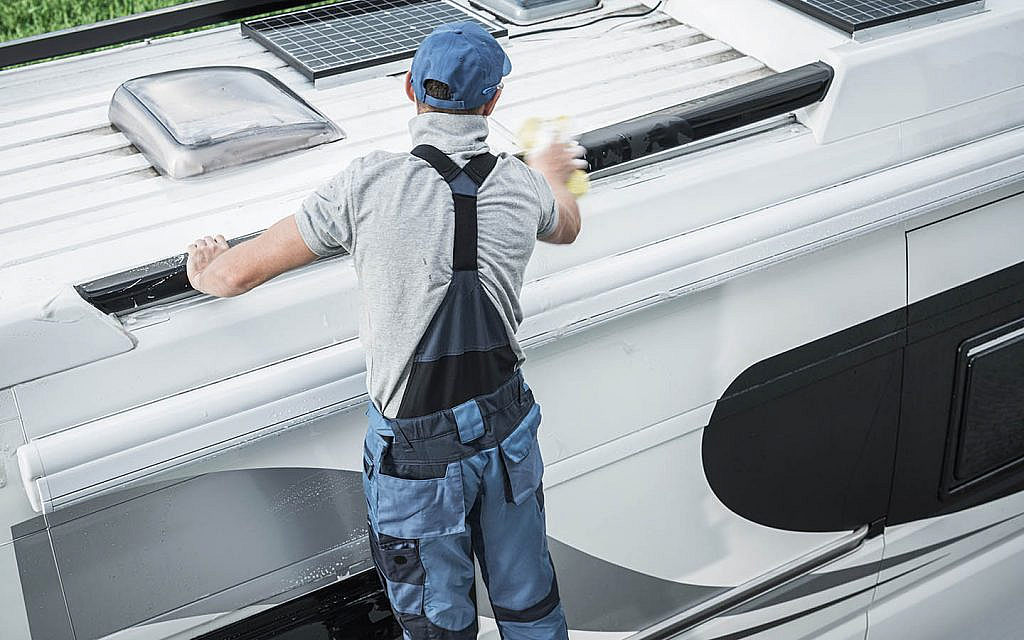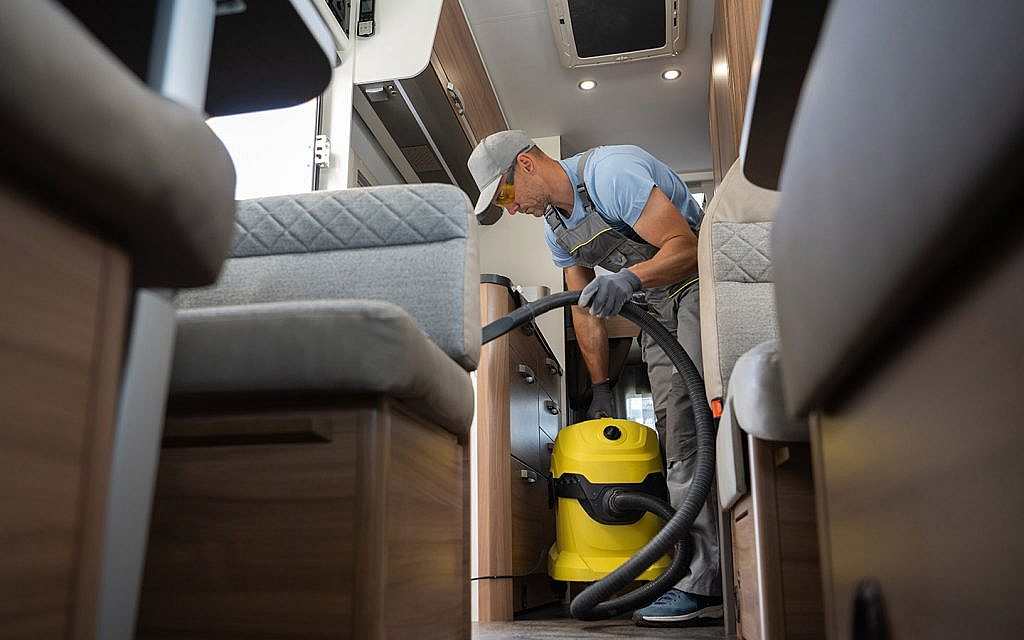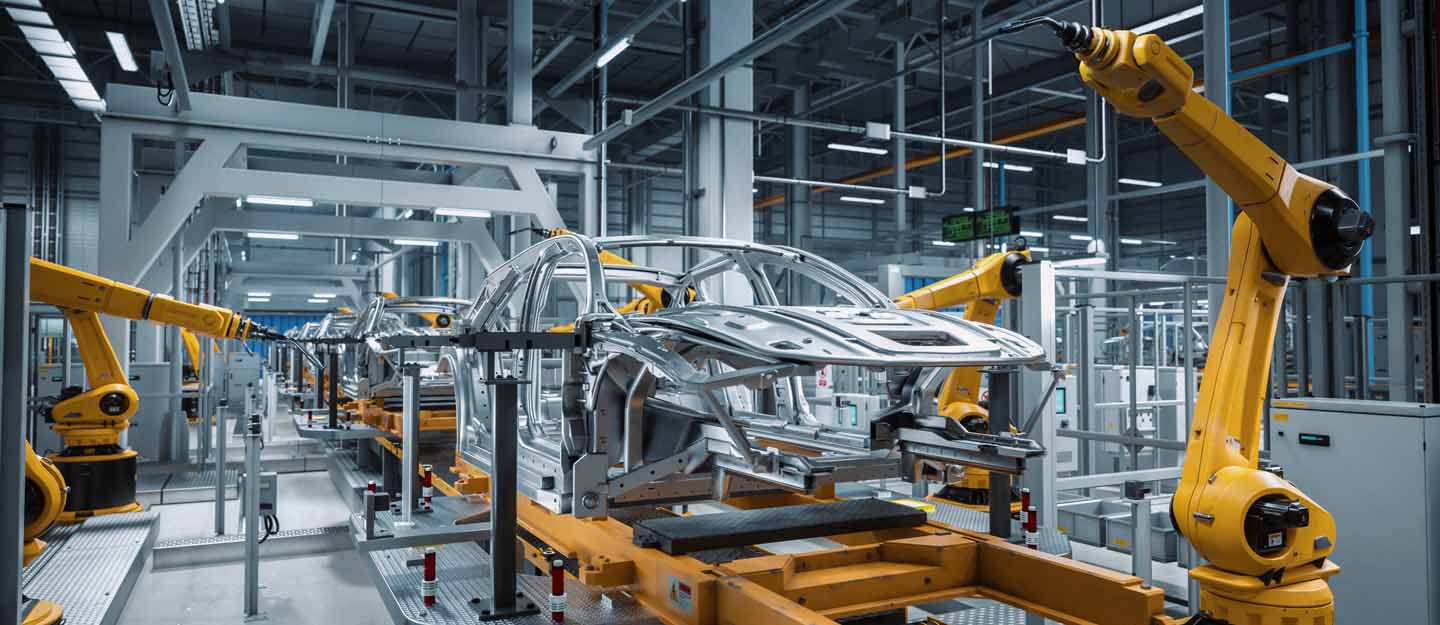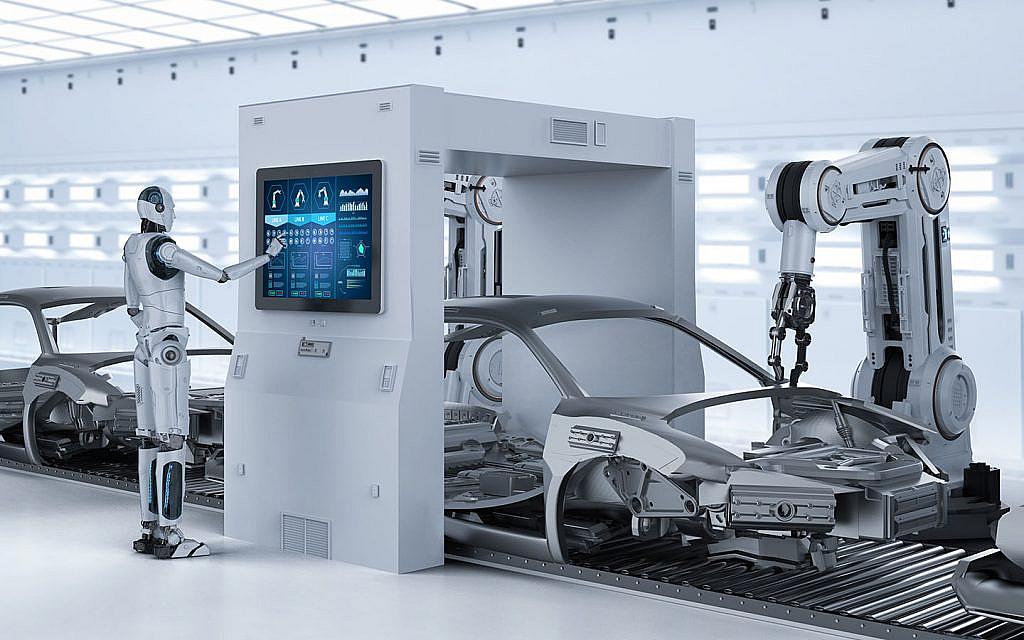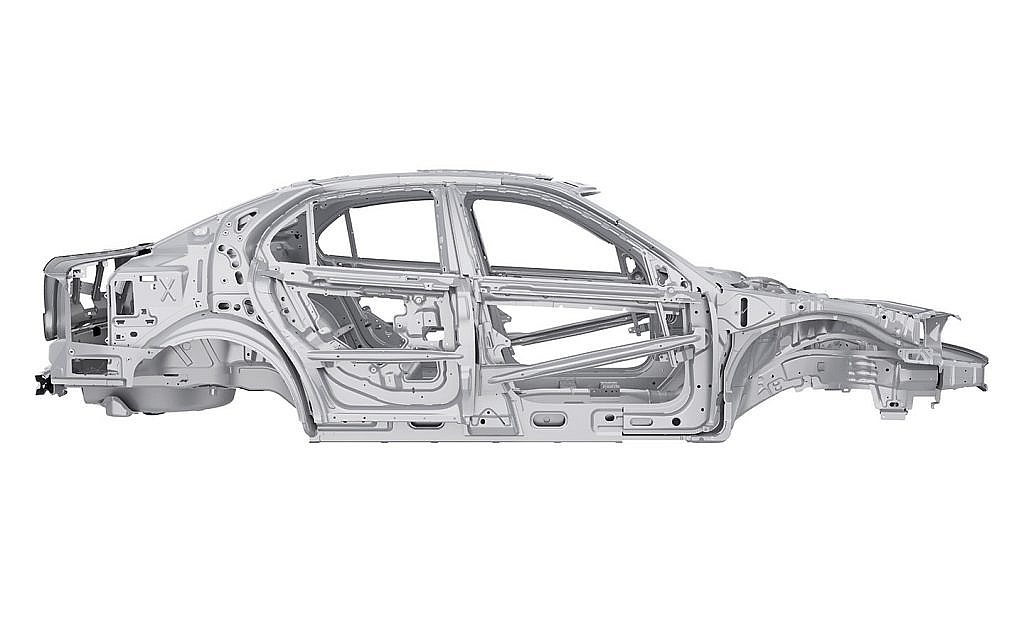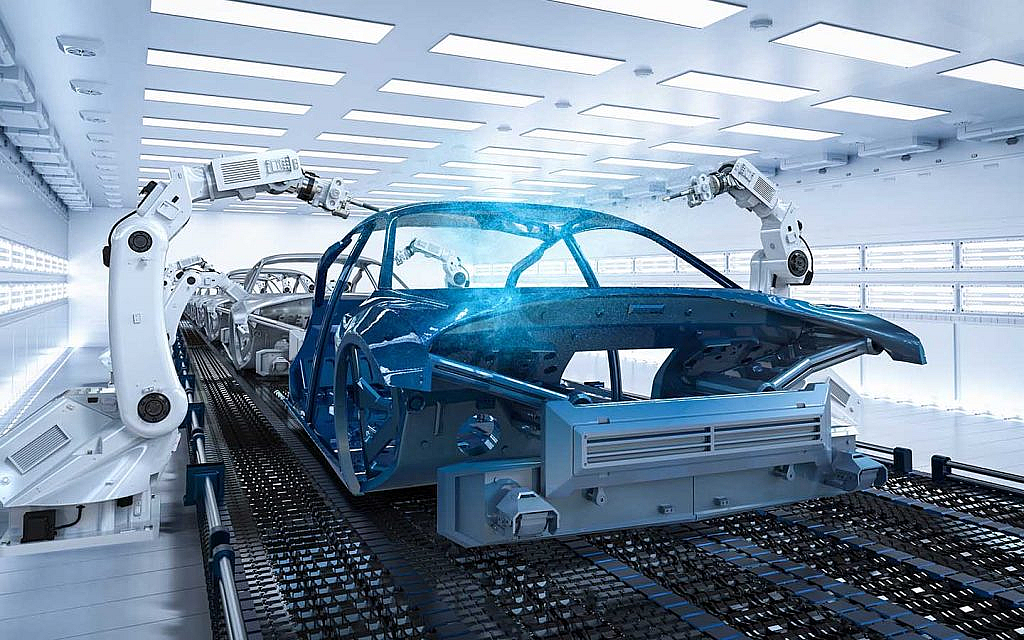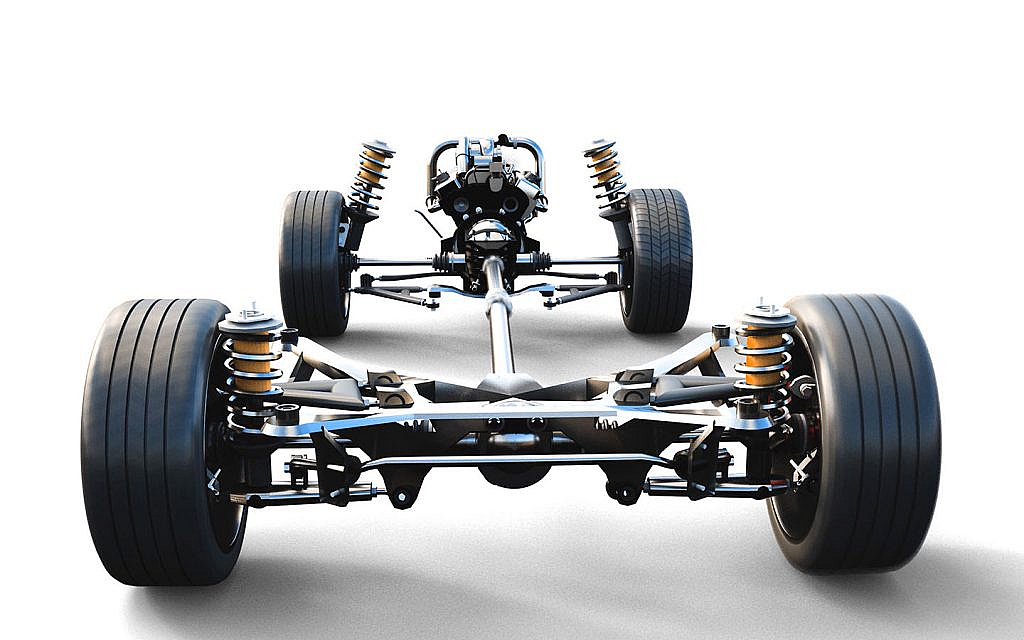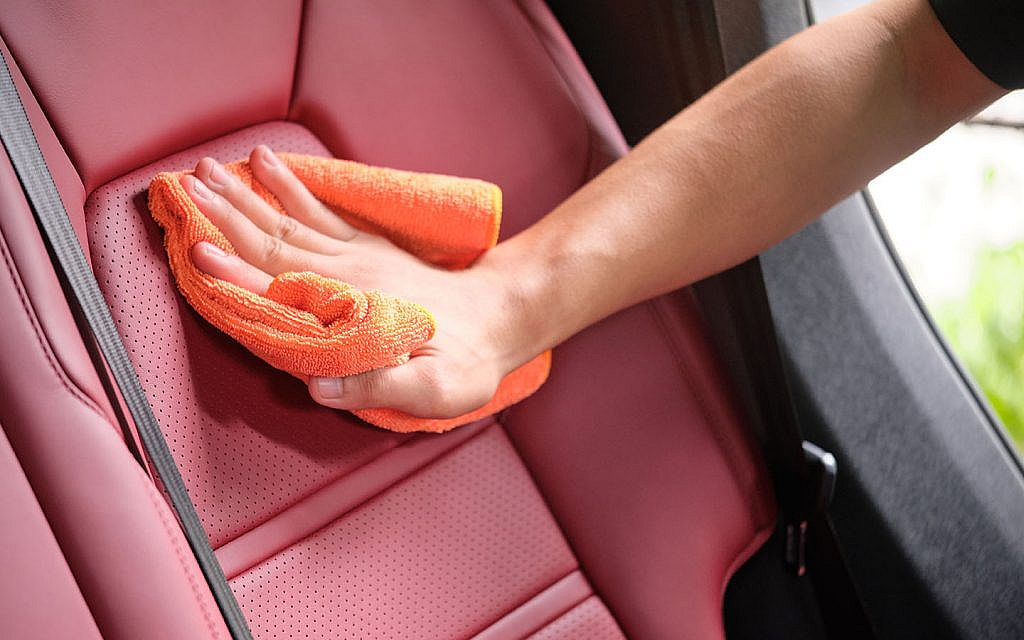Step by Step Guide to Vehicle Reconditioning

- Steps for Vehicle Reconditioning
- FAQS
Vehicle reconditioning not only enhances the aesthetic appeal of your car it also extends your car’s lifespan and helps retain its value. Reconditioning can include improving the vehicle’s safety features, making it eco-friendlier and more cost-effective. It also gives your car a personal touch. Let’s go through the important steps for vehicle reconditioning in detail.
Automotive Rejuvenation: Step-by-Step Guide to Achieving a Fresh Look for Your Vehicle

For the best results, make use of skilled experts for your vehicle reconditioning process. Reconditioning teams consist of diagnostic specialists, repair mechanics, bodywork and painting professionals, as well as interior and exterior detailing technicians.
Certain dealership networks boast expansive facilities spanning across vast areas, entirely dedicated to vehicle reconditioning. While the sequence may vary, the steps for vehicle reconditioning typically follow a consistent pattern.
Let’s go through the vehicle reconditioning checklist in detail.
Reconditioning Step 1: The Inspection

Every car that goes through a large dealership’s business process is reconditioned to some extent. The process starts with a meticulous examination, typically covering more than a hundred specific checkpoints. This assessment uncovers significant issues that could hinder the vehicle’s sale value, such as mechanical malfunctions or body impairments.
While conducting the inspection, the technician documents the necessary repairs or services needed to render the car fit for sale. Frequently, this task is streamlined using a tablet or computer interface, ensuring comprehensive records of the vehicle’s condition.
This digital trail helps the dealership monitor expenditures on each vehicle, facilitating the assessment of profit or loss associated with that specific car.
Step 2: Clean Up and Refreshing the Look

After inspection, the first task that has to happen among other steps for vehicle reconditioning is a comprehensive cleaning and detailing. This involves careful removal of bumper stickers, parking permits, and most customised decorations and trim pieces that deviate from the car’s original design.
Thoroughly cleaning the car serves a dual purpose—it can unveil any issues overlooked during the inspection. It ensures flawless bodywork or paint repairs and eliminates any remnants of previous wax or paint treatments.
Additionally, tackling odours is vital. Whether stemming from food spills, cigarette smoke, or pet aromas, the common denominator is that no potential buyer wants a malodorous vehicle. Here are some expert car cleaning tips.
Reconditioning Step 3: Mechanical Repair and Maintenance

The next step for vehicle reconditioning is to fix all mechanical and technical errors. At this stage, some preventive tender loving care, TLC takes centre stage. Technicians embark on a test drive, subjecting the car to a rigorous evaluation that uncovers any lurking issues.
A comprehensive inspection of the car’s undercarriage is conducted while it’s elevated on a lift. As an important tip for vehicle reconditioning, while the car is up, technicians typically perform an oil change and ensure that all essential bearings and moving components are properly lubricated.
If necessary, they may also change the brake fluid, transmission oil, and axle oil replacements. Often, a fresh set of tyres is necessary.
When it comes to automotive reconditioning services, mechanical fixes take the spotlight. Case in point: if a car has to be resold and when a dealership sells a used car, the last thing they want is for it to return with problems that should have been tackled before the sale.
Such instances not only tarnish the dealership’s reputation but also inflate expenses. Should the reconditioning process unveil major issues, the dealer might opt to forego repairs due to their high costs and instead send the car to a dealer auction.
Besides, if you are looking to buy a pre-owned car online, go through this list of used cars for sale in the UAE.
Reconditioning Step 4: Body and Paint Repairs

After the mechanical improvements have been carried out, the focus shifts to the body and paint rejuvenation phase. This is where any unsightly car scratches and dents are given a makeover. When possible, the preferred technique is paintless dent removal, but for more significant damage, the solution might involve fitting new body panels and a stint in the paint shop.
Throughout this process, the body and paint experts meticulously assess the vehicle for any missing or loosely attached trim components. They scrutinise the condition of windows, address any issues with exterior mirrors, and mend any bumper damages.
A thorough inspection of the wheels is repeated, checking for curb damage. If necessary, the wheels are sent to specialists for repairs. Go through dubizzle car inspection services, if you are willing to resell your car.
Reconditioning Step 5: Interior and Technology Repairs

Once the vehicle’s exterior has been rejuvenated, it’s time for our interior experts to work their magic. They dive into any potential concerns related to the infotainment system’s smooth operation, speaker sound quality, the comfort of seat upholstery and adjustments, the effectiveness of climate control and the seamless functioning of windows.
For those lucky enough to have a sunroof or moonroof, our experts ensure it operates seamlessly and stands up to rain without leaking. Furthermore, they meticulously inspect and replace any cabin light bulbs as required.
This step takes on particular importance because the cabin is where passengers spend most of their time. Wrapping up this step is a special fragrance treatment, giving a pre-owned car that iconic “new car smell” that everyone loves.
Reconditioning Step 6: Warranty and Recall Check
Other important steps for vehicle reconditioning include dealers thoroughly examining all cars to identify any necessary warranty repairs or manufacturer recalls. Remember, recalls aren’t inherently negative. They signify that the original automaker has acknowledged a problem with their product and is committed to rectifying it at no cost to the current vehicle owner.
If you suspect a recall might be in the pipeline for a particular vehicle, make a note of the car’s VIN (vehicle identification number), which can be found on the driver’s side dashboard at the windshield’s base.
Reconditioning Step 7: Photos and Resale

After all the concerns have been resolved, the car undergoes a final round of thorough cleaning and detailing, getting it in prime condition. In case of a resale, the dealer ensures to capture its essence through a series of photographs, as virtually all dealerships now showcase their inventory online. The car is meticulously photographed from every angle before being put up for sale. Here are some expert tips for car photography.
Once settled on the lot, the car receives regular cleaning to maintain its pristine appearance. The dealership’s goal is to swiftly find a new home for every vehicle, which motivates them to invest the necessary effort in enhancing the appeal of each car.
FAQs
Is there a difference between car reconditioning and auto detailing?
Yes, there is a difference between car reconditioning and auto detailing. The former addresses damage to a vehicle’s exterior and interior while the latter focuses on cleansing and preserving the car’s body and interior components.
Is car cleaning a part of auto reconditioning?
Yes, car cleaning is an important step for vehicle reconditioning. Not only does this step improve the car’s overall look, it also ensure flawless bodywork, paint repairs and helps eliminate any remnants of previous wax or paint treatments.
Those were some important steps for vehicle reconditioning that not only make the car look as good as new but also help with its resale. If you are interested in getting your car serviced before reselling it, here is a list of auto service providers in the UAE.
Stay tuned to dubizzle auto blog for more on car reconditioning services and much more.






